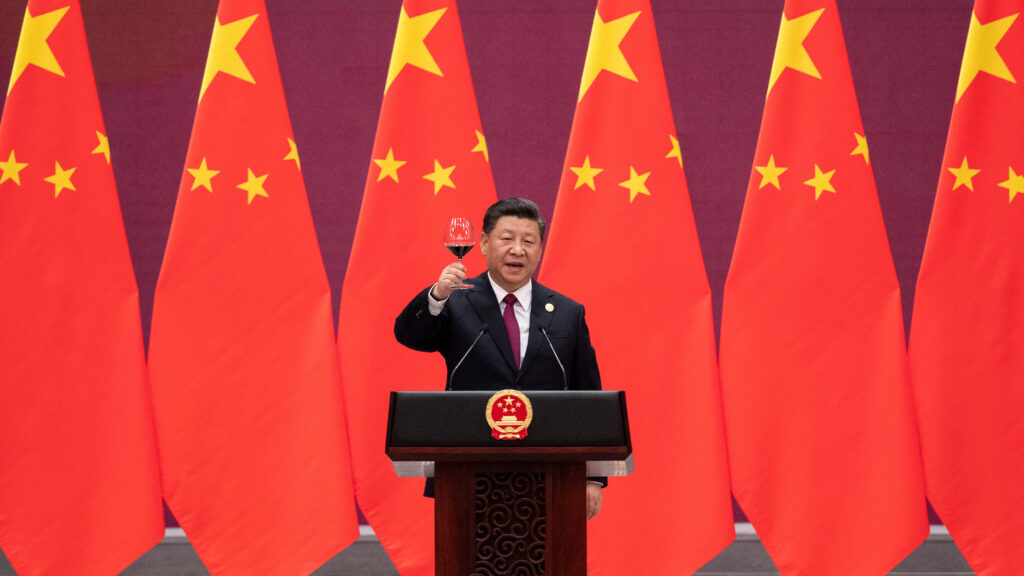The global technological landscape has been evolving rapidly, driven by advancements in semiconductor technology. In October 2022, the U.S. Bureau of Industry and Security “strengthened” the newly issued rules in order to restrict China’s ability to both purchase and produce certain high-level chips critical for military advantage. This move marks a significant escalation in the ongoing technological tug-of-war between the United States and China. In this article, we delve into the details of these restrictions and their potential implications.
The Escalation: Strengthened Restrictions
The U.S. Bureau of Industry and Security, a branch of the U.S. Department of Commerce, has historically played a pivotal role in regulating the export of sensitive technologies. In October 2022, the Bureau took a substantial step by “strengthening” the regulations surrounding the export of high-level chips to China. The term “strengthened” suggests a more robust set of rules and compliance measures.
These rules target not only the purchase but also the production of certain high-level chips. The U.S. Bureau of Industry and Security “strengthened” the newly issued rules in order to restrict China’s ability to both purchase and produce these chips, which are deemed critical for military advantage. But what, exactly, prompted this significant policy shift?
The Technological Arms Race
The backdrop to this escalation is a complex mix of economic rivalry, national security concerns, and the growing importance of cutting-edge technology in modern warfare. China and the United States have long been engaged in a technological arms race, with each striving to outpace the other in various high-tech domains.
The chips in question are integral to a wide range of applications, from supercomputers to advanced weaponry. The U.S. Bureau of Industry and Security’s decision to tighten the restrictions is a response to the recognition that control over these chips represents a strategic advantage in the broader geopolitical context.
The Chips: A Critical Military Advantage
The high-level chips covered by the newly strengthened rules are not your run-of-the-mill semiconductors. These chips are instrumental in the development and functioning of sophisticated military systems, such as missile guidance systems, secure communication networks, and reconnaissance technology. Their role in maintaining military superiority cannot be overstated.
By restricting China’s ability to access or manufacture these chips, the U.S. aims to maintain a technological edge in the event of any potential conflict. This, in essence, is a defensive strategy designed to protect national interests.
The Ripple Effect
The implications of these strengthened rules extend far beyond the battlefield. The global semiconductor industry is intricately connected, with supply chains stretching across continents. As a result, any move that disrupts this delicate balance can have far-reaching consequences.
- Global Supply Chain Disruptions: The U.S. Bureau of Industry and Security’s actions can disrupt the global semiconductor supply chain. Many manufacturers and tech companies rely on a diverse range of suppliers. Restrictions on chip exports can lead to delays and increased production costs.
- Market Impact: The restrictions could influence the stock market, affecting the valuation of companies with significant exposure to the semiconductor industry. Investors are closely watching the developments and potential market fluctuations.
- Technological Progress: China has been investing heavily in domestic semiconductor production to reduce its reliance on foreign suppliers. The strengthened rules may accelerate China’s drive for technological self-sufficiency.
The Geopolitical Chessboard
At its core, the move by the U.S. Bureau of Industry and Security is a geopolitical maneuver. The United States is sending a clear signal that it will do what it takes to maintain its technological edge and protect its national security interests.
The strengthened rules come in the midst of broader tensions between the two superpowers. From trade disputes to territorial conflicts, China and the United States are engaged in a complex dance of diplomacy and competition. The semiconductor industry has become one of the key battlegrounds in this larger struggle.
Global Response and Implications
China, unsurprisingly, has expressed strong dissatisfaction with the strengthened restrictions. The Chinese government views these rules as a form of technological containment, and the response has been swift. Beijing has vowed to respond in kind, possibly by tightening regulations on U.S. tech companies operating in China.
The implications of this technological tussle reach far beyond the borders of China and the United States. Other nations are watching with interest, particularly those that have strong ties to both countries. The European Union, for instance, has expressed concerns about the potential consequences for its own tech industry and supply chain.
Innovation vs. National Security
The clash over chip restrictions underscores the complex interplay between innovation and national security. On one hand, the free flow of technology and information has driven rapid advancements in various sectors. On the other hand, safeguarding national security interests necessitates restrictions on certain technologies.
The U.S. Bureau of Industry and Security’s decision forces us to consider the broader question: How can nations balance the imperative for technological advancement with the need to protect their own interests in an increasingly interconnected world?
Conclusion
The U.S. Bureau of Industry and Security “strengthened” the newly issued rules in October 2022 to restrict China’s ability to both purchase and produce high-level chips critical for military advantage. This move is emblematic of the broader technological and geopolitical struggles between the United States and China. The implications are manifold, affecting not only the semiconductor industry but also global supply chains and international relations. The evolving landscape reminds us that the intersection of innovation and national security is a terrain fraught with challenges and opportunities, and the rules of this game continue to evolve.
